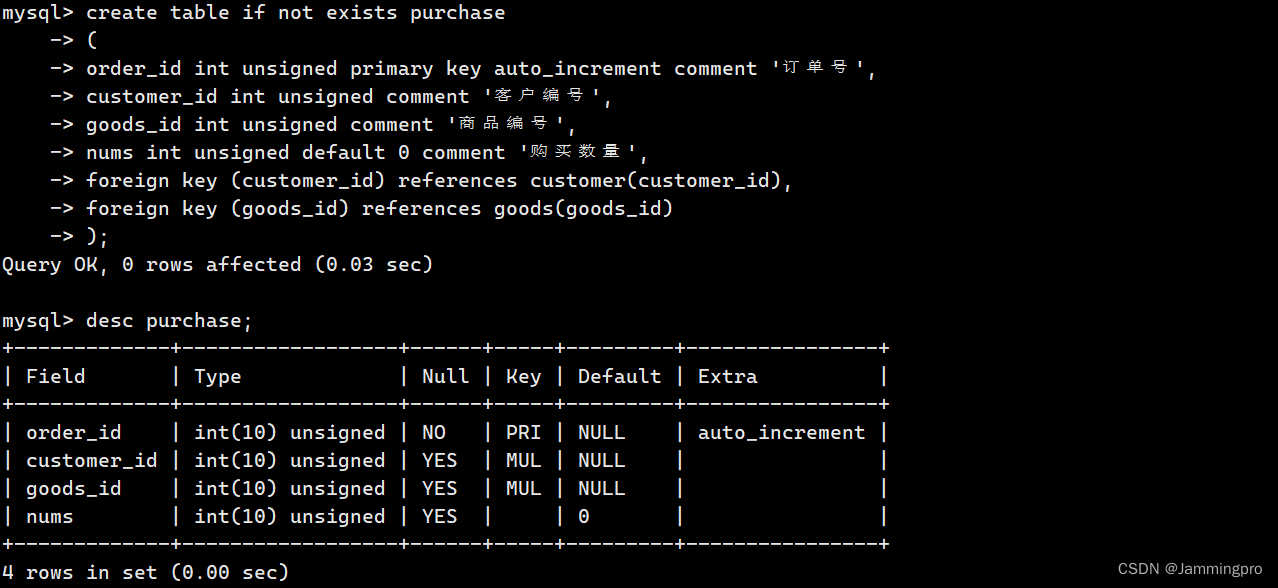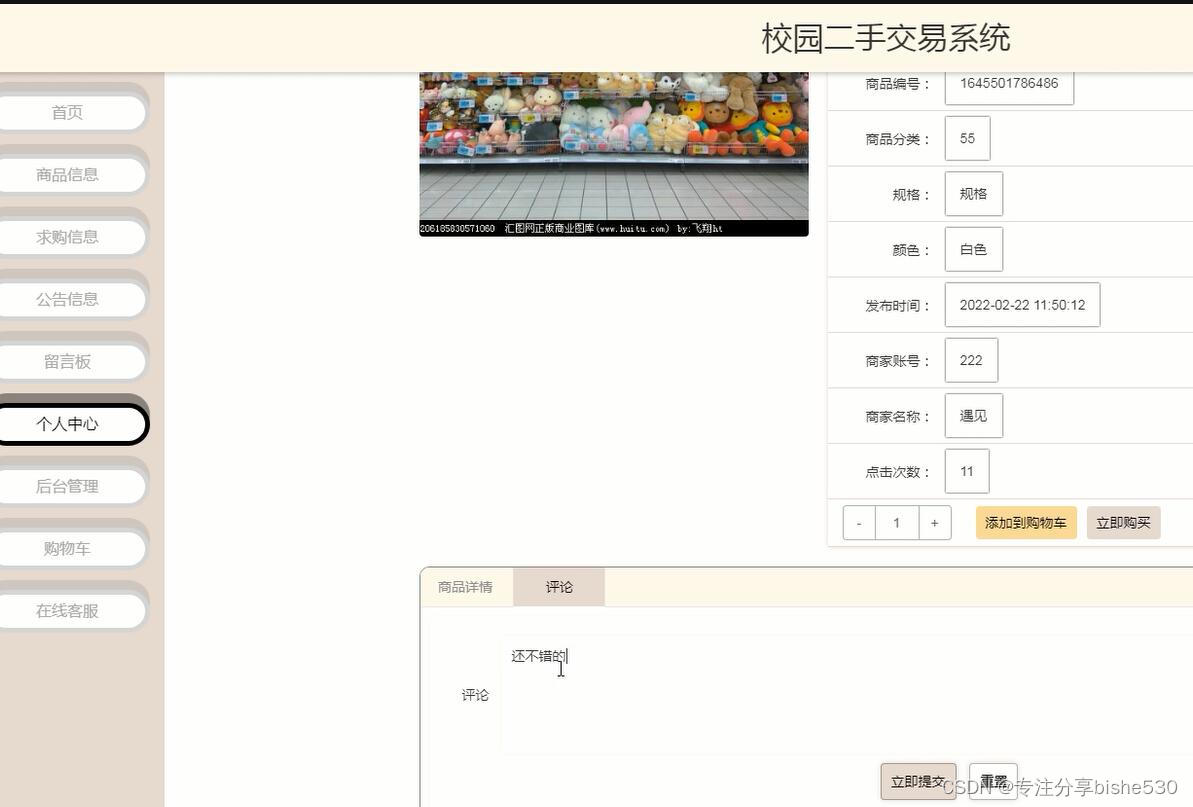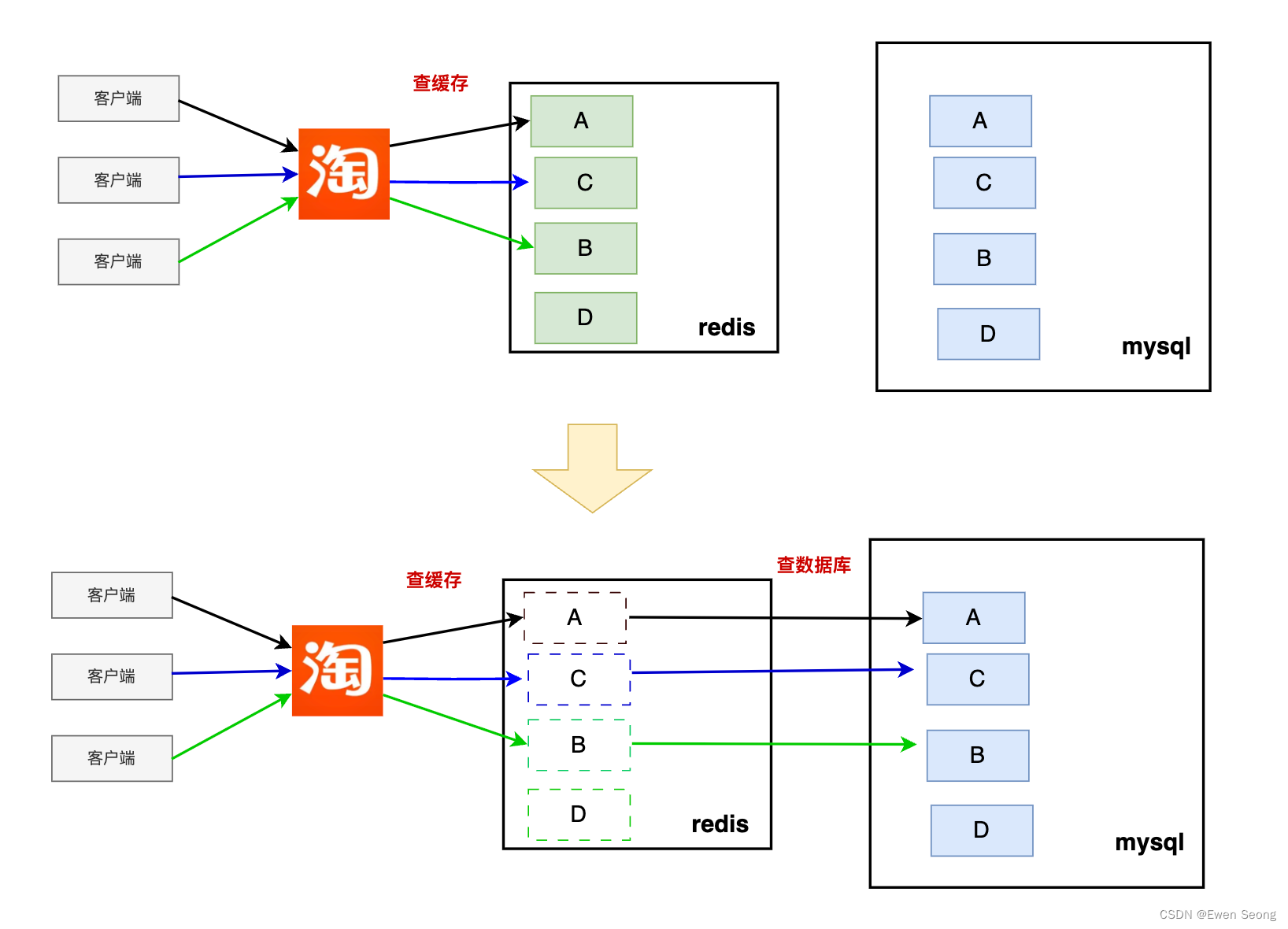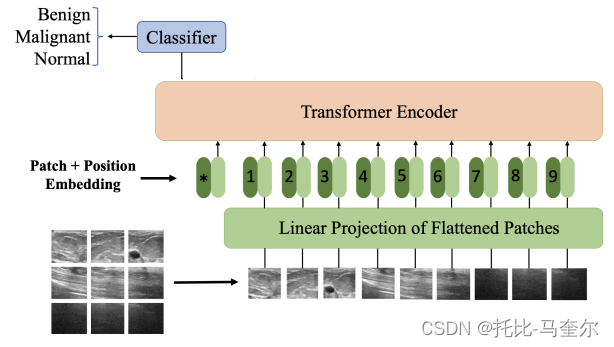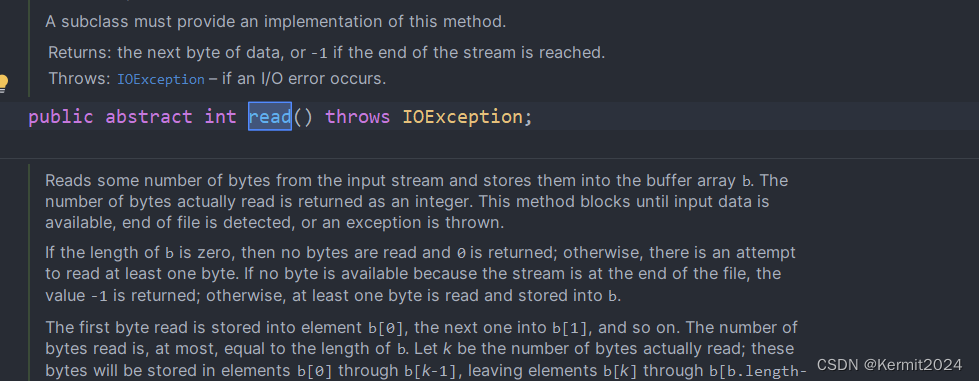哈希
哈希也可以叫散列
画一个哈希表


哈希冲突越多,哈希表效率越低。
闭散列开放定址法:
1.线性探测,依次往后去找下一个空位置。
2.二次探测,按2次方往后找空位置。
#pragma once
#include<vector>
#include<iostream>
#include<string>
#include<unordered_map>
using namespace std;
template<class K>
struct SetKeyOfT
{
const K& operator()(const K& key)
{
return key;
}
};
//unordered_set<K> ->HashTable<K,K>
//unordered_map<K,V> ->HashTable<K,pair<K,V>>
enum State
{
EMPTY,
EXITS,
DELETE,
};
template<class T>
struct HashData//解决:该位置原来就是空还是删除后变为了空
{
T _data;
State _state;
};
template<class K,class T,class KeyOfT>
class HashTable//冲突了一定是连续的,但是删除会影响查找,所以应该设置状态标志。将T替换为HashData
{
typedef HashData<T> HashData;
public:
bool Insert(const T& d)
{
KeyOfT koft;
//负载因子=表中数据/表的大小 衡量哈希表满的程度
//表越接近满,插入数据越容易冲突,冲突越多,效率越低。
//哈希表并不是满了才增容,开放定址法中,一般负载因子到了0.7左右就开始增容
//负载因子越小,冲突概率越低,整体效率越高,但是负载因子越小,浪费的空间越大。
//所以负载因子一般去折中值
if (_tables.size()==0||_num*10/_tables.size()>=7)
{
//增容
//1.开二倍大小的新表
//2.遍历旧表中的数据,确定数据在新表中的映射位置
//3.释放旧表
vector<HashData> newtables;
size_t newsize = _tables.size() == 0 ? 10 : _tables.size() * 2;
newtables.resize(_tables.size() * 2);
for (size_t i = 0; i < _tables.size(); ++i)
{
if (_tables[i]._state == EXITS)
{
size_t index = koft(_tables[i]._data % newtables.size());
while (newtables[index]._state == EXITS)
{
++index;
if (index == _tables.size())
{
index = 0;
}
}
newtables[index] = _tables[i];
}
}
_tables.swap(newtables);
}
//KeyOfT koft;
//计算d中的key在表中映射的位置
size_t index = koft(d) % _tables.size();
//EXITS就进行探测
while (_tables[index]._state==EXITS)
{
if (koft(_tables[index]._data) == koft(d))
return false;
++index;
if (index == _tables.size())
{
index = 0;
}
}
_tables[index]._data = d;
_tables[index]._state = EXITS;
_num++;
return true;
}
HashData* Find(const K& key)
{
KeyOfT koft;
//计算d在表中映射的位置
size_t index = key % _tables.size();
while (_tables[index]._state != EMPTY)
{
if (koft(_tables[index]._data) == key)
{
if (_tables[index]._state == EXITS)
return &_tables[index];
else if (_tables[index]._state == DELETE)
return nullptr;
}
++index;
if (index == _tables.size())
{
index = 0;
}
}
return nullptr;
}
bool Erase(const K& key)
{
HashData* ret = Find(key);
if (ret)
{
ret->_state = DELETE;
--_num;
return true;
}
else
{
return false;
}
}
private:
vector<HashData> _tables;
size_t _num=0;//存了几个有效数据
};
void TestHashTable()
{
HashTable<int, int, SetKeyOfT<int>> ht;
ht.Insert(4);
ht.Insert(14);
ht.Insert(24);
ht.Insert(5);
ht.Insert(15);
ht.Insert(25);
ht.Insert(6);
ht.Insert(16);
}
更优的实现方法
开散列哈希桶:
namespace OPEN_HASH
{
template<class T>
struct HashNode
{
T _data;
HashNode<T>* _next;
};
template<class K,class T,class KeyOfT>
class HashTable
{
public:
typedef HashNode<T>* Node;
bool Insert(const T& data)
{
//1.先查找这个值在不在表中
KeyOfT koft;
//如果负载因子等于1,则增容,避免大量的哈希冲突
if (_tables.size == _num)
{
//增容
//1.开二倍大小的新表
//2.遍历旧表中的数据,确定数据在新表中的映射位置
//3.释放旧表
vector<Node> newtables;
size_t newsize = _tables.size() == 0 ? 10 : _tables.size() * 2;
newtables.resize(newsize);
for (size_t i = 0; i < _tables.size(); ++i)
{
//将旧表中的结点取下来重新计算在新表中的位置,并插入进去
Node cur = _tables[i];
while (cur)
{
Node next = cur->_next;
size_t index = koft(cur->_data) % newtables.size();
cur->_next = newtables[index];
newtables[index] = cur;
cur = next;
}
_tables[i] = nullptr;
}
_tables[i].swap(newtables);
}
//计算数据在表中映射的位置
size_t index = koft(data) % _tables.size();
Node cur = _tables[index];
while (cur)
{
if (koft(cur->_data) == koft(data))
return false;
else
cur = cur->next;
}
//2.头插到挂的链表中
Node newnode = new Node(data);
newnode->next = _tables[index];
_tables[index] = newnode;
++_num;
return true;
}
Node* Find(const K& key)
{
KeyOfT koft;
size_t index = key % _tables.size();
Node cur = _tables[index];
while (cur)
{
if (koft(cur->_data) == key)
{
return cur;
}
else return cur->_next;
}
return nullptr;
}
bool Erase(const K& key)
{
KeyOfT koft;
size_t index = key % _tables.size();
Node prev = nullptr;
Node cur = _tables[index];
while (cur)
{
if (koft(cur->_data) == key)
{
if (prev == nullptr)
//表示要删的值在一个结点
_tables[index] = cur->_next;
else
prev->_next = cur->_next;
delete cur;
return true;
}
else
{
prev = cur;
cur = cur->_next;
}
}
return false;
}
private:
vector<Node> _tables;
size_t _num=0;//记录表中存储的数据个数
};
}




